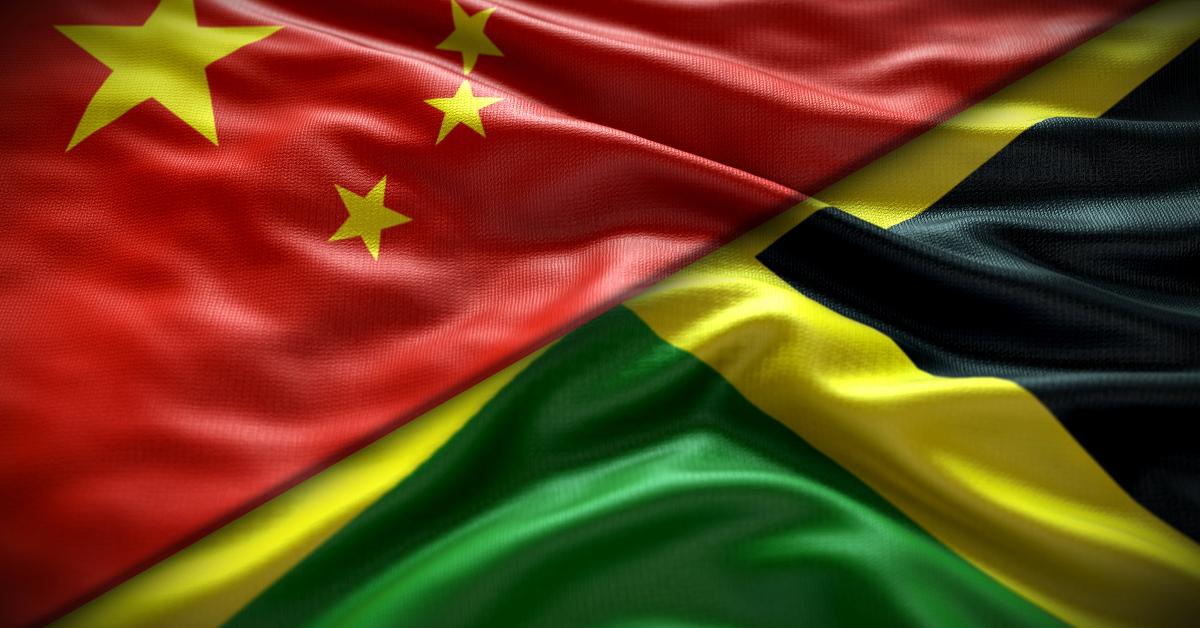
The Chinese have been in Jamaica since the nineteenth century. After emancipation, planters felt that newly freed blacks would be unwilling to toil on plantations, and the exodus of ex-slaves from plantations confirmed their suspicions. So to fill labor gaps, planters resorted to importing workers. Therefore, a formal indentureship scheme was introduced to lure workers from Asia and Africa.
The Chinese entered Jamaican society in 1854 as lowly laborers. Although indentured laborers were not enslaved, working conditions were deplorable and wages were subpar. Many laborers regretted venturing to Jamaica after feeling the lash of exploitation. Language barriers also worsened problems by amplifying feelings of alienation.
Natives considered the Chinese to be weird people with odd beliefs. They were also belittled for opting to work on plantations. Though the Chinese entered Jamaica as an underclass, they did not remain so for long. The Chinese proved to be more assimilable than Indian immigrants and were quicker to send their children to school.
They were aware that without assimilation their hopes of social mobility would be dashed. So they invested in learning English and became members of established churches to unlock opportunities for social advancement. Because of their flexibility, the Chinese surpassed their peers in academic and business endeavors.
Unlike clannish Indian immigrants, the Chinese seized the opportunity to become important players in society. They leveraged their business acumen to develop niche sectors in Jamaica. Due to their ingenuity, the retail sector in Jamaica was revolutionized. Their reputation for merchandizing and offering goods at a reasonable price became legendary.
According to historian James Carnegie, the Chinese dominated Jamaica’s grocery trade and in the process established a Chinatown in Kingston. This success earned them the envy of their peers, and as a result, they became the victims of race riots throughout the first half of the twentieth century. From 1918 to 1919, Chinese shopkeepers incurred damages from arson, especially in the parishes of Saint Catherine, Clarendon, and Saint Mary, and matters would get even worse in the turbulent 1930s. But blacks were not the only group resentful of their ascendancy. White entrepreneurs did not participate in vandalizing their businesses, but to marginalize the Chinese, some argued that Jamaica should be for Jamaicans.
Interestingly, the black nationalist Marcus Garvey criticized local workers for inefficiencies. Few admitted so, but it was evident that the Chinese were displacing natives of all shades because they were competitive. They did exceptional in industry and their children studied science and business at elite schools. Though envious of their success, it became the norm for people to note that the Chinese had an incredible work ethic. Many were also baffled by their simplicity. Notwithstanding their wealth, the Chinese were not ostentatious.
However, with the growing prosperity of China and its increasing investments in Jamaica, some have been arguing that the Chinese are colonizing Jamaica. Critics contend that they are cannibalizing parishes like Saint Ann and Manchester. Further, others complain that they are awarded contracts at the expense of local entrepreneurs. Infrastructurally, they play an instrumental role in Jamaica, and some consider this as an indication of their power.
Though powerful, these assertions are unmerited. China has a noninterference policy, and unlike Western powers, Chinese investments are not tied to good governance policy. The Chinese are strictly doing business, and they are doing so well because Jamaicans are not as productive. Jamaicans admit that the Chinese are more competent at constructing roads than Jamaican workers.
In a Gleaner interview, Bobby Brown, a resident of Yallas, Saint Thomas, told reporters in Jamaican patois that the performance of local workers is unsatisfying:
When you look pon di local part, flagwoman a chat to her friend, di man a siddung a build a spliff. When you go pon di Chinese side, yuh nuh see dat. Yuh wi see 20-man pon di local and five man pon di Chiney and look how di work a gwaan.1
They even say that one Chinese person can do the work of five Jamaicans. One eminent management consultant told me that an employee asked her why Jamaicans are not good at business, as the Chinese have transformed businesses that native Jamaicans could not scale. Furthermore, recently I visited a sugar company owned by the Chinese and a worker expressed shock that despite their affluence, the Chinese drove shabby cars. Evidently, the Chinese are more interested in doing business than showing off.
There is no proof that the Chinese are colonizing Jamaica; however, if Jamaicans don’t become productive then the Chinese will continue to minimize them in their country. Complaining about the Chinese is easy, but locals will remain marginal subjects if they don’t become productive.
1. Translation. When you look at the local part, you will notice the flagwoman chatting to her friend, and the construction man building a spliff (he is going to smoke). But when you go to the Chinese side, you don’t see these things. You will see twenty men on the local side and five men on the Chinese side, but the Chinese are efficient.





